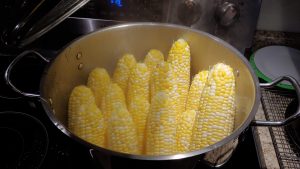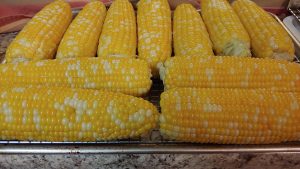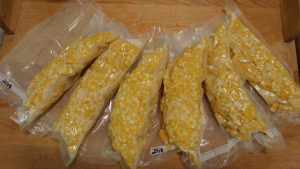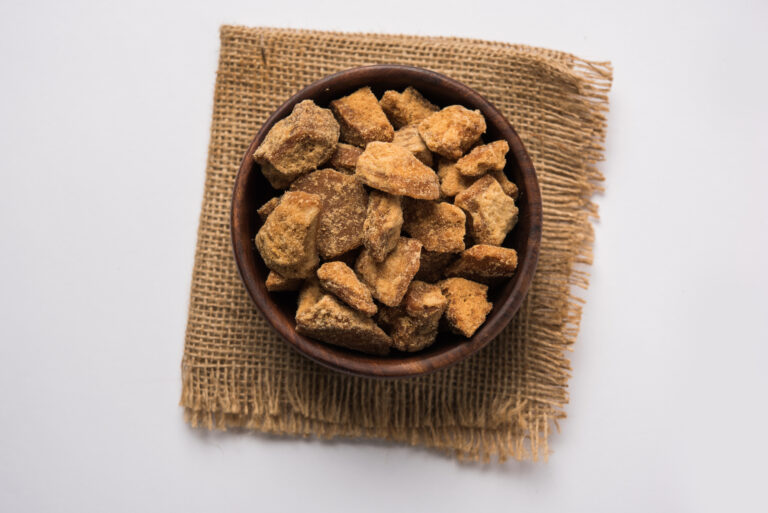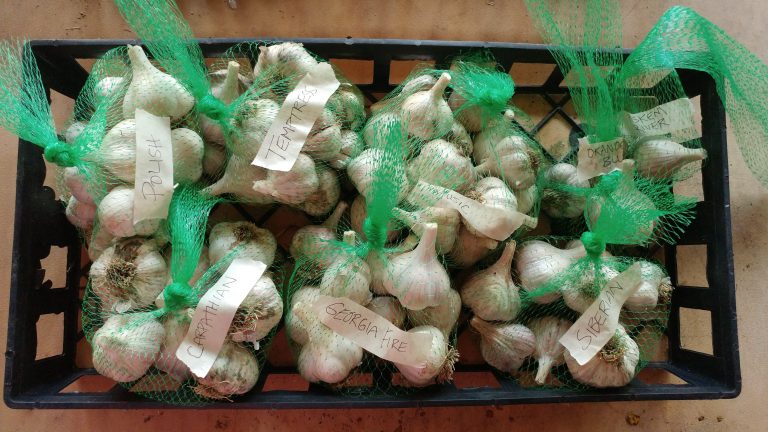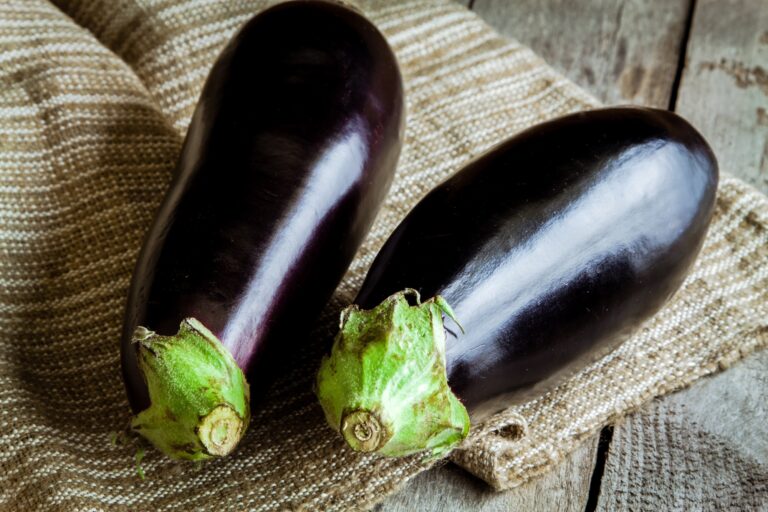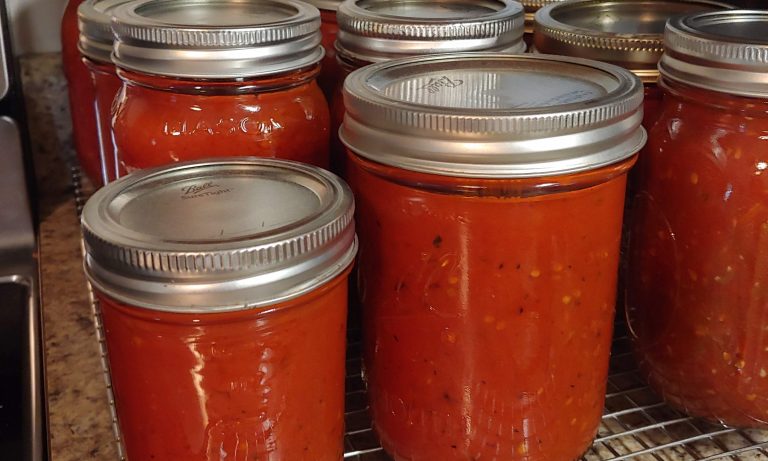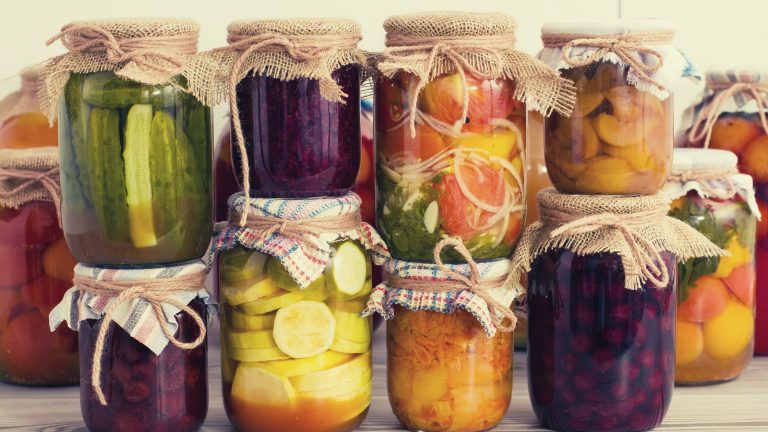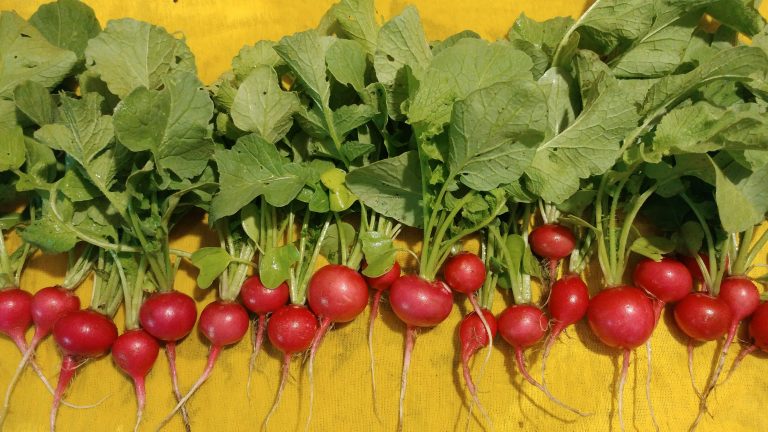This post may contain affiliate links.
Interested in freezing corn but not sure which method is best? Let us help!
In the summer vegetable category, nothing quite satisfies like corn on the cob. Maybe it’s the fact that it arrives when the sweetness of summer is just starting to wane, and you want to hold onto it. Or maybe it is just that good.
Popping a bag of fresh corn out of the freezer in mid-winter is like opening up a bag of summer preserved for when you most need it. It tastes like it came right off the cob, whether roast it, add it to corn chowder, or saute it up to put on a fresh salad.
Follow along as I share how to best freeze corn.
Guide on Freezing Corn
Supplies and Ingredients
- Large Stock Pot
- Cooling Rack set over a Sheet Pan
- Vacuum Sealer (optional)
- Vacuum sealer bags or freezer bags
- A chef’s knife or other large knife
Instructions
- Husk corn cobs.
- Place corn on the cob in a large stock pot with about 1-2 inches of water at the bottom. Bring water to a boil.
- Steam corn on the cob for 3 minutes. Remove from pot promptly to stop cooking.
- Cool corn on the cob on drying racks until dry.
- Cut corn off the cob. We find the “bundt pan method” easiest for accomplishing this task. Set the end of the corn cob on the middle circle of your bundt pan and cut down the sides, letting the corn fall into the pan.
- Place corn in freezer bags or use your vacuum sealer to freeze about 2 cups per bag. If using regular freezer bags, you can suck the air out of the bag using a straw! Corn can be quite moist, so you may have to use your vacuum sealer twice to remove all the moisture.
Note: we use a vacuum sealer to bag up our corn and remove the air for the freshest results. This isn’t absolutely necessary, as you can use freezer bags and remove the air with a straw. However, we find it worth the investment for the amount of freezing we do every year. We use it mostly for freezing green beans and corn, but it can also be used for meat and other veggies.
Why use this method to freeze corn?
There are many theories about how to freeze corn – on the cob or off, blanched or raw, or some combination of the above. Here’s why we prefer the traditional method in most preserving books – blanched on the cob, cut off, and then frozen in vacuumed sealed bags.
- Corn can be frozen on the cob, but when cooked, it often ends up watery and mushy, which just isn’t as fun as eating it off the cob in the middle of August.
- Corn that is frozen raw can be used later, BUT it doesn’t retain its fresh flavor quite as well and can even lose nutritional value.
This University of Minnesota Extension article describes the enzymes in fresh vegetables very well and how they need to be deactivated to prevent negative changes like flavor loss, color change, and loss of nutrients. Blanching or steaming deactivates those enzymes.
I hope you found this helpful.
Be sure to freeze as soon after harvesting as possible to avoid the corn going downhill.
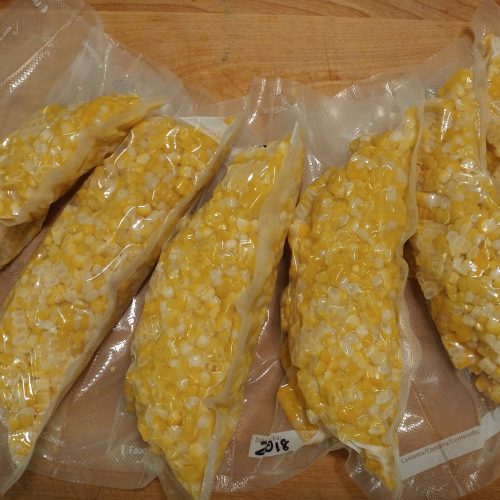
How to Freeze Corn
Equipment
- Large Stock Pot
- Cooling Rack set over a Sheet Pan
- Vacuum Sealer (optional)
- Vacuum sealer bags or freezer bags
- Chef's knife or other large knife
Instructions
- Husk corn cobs.
- Place corn on the cob in a large stock pot with about 1-2 inches of water at the bottom. Bring water to a boil.
- Steam corn on the cob for 3 minutes. Remove from pot promptly to stop cooking.
- Cool corn on the cob on drying racks until dry.
- Cut corn off the cob. We find the "bundt pan method" easiest for accomplishing this task. Set the end of the corn cob on the middle circle of your bundt pan and cut down the sides, letting the corn fall into the pan.
- Place corn in freezer bags or use your vacuum sealer to freeze about 2 cups per bag. If using regular freezer bags, you can suck the air out of the bag using a straw! Corn can be quite moist, so you may have to use your vacuum sealer twice to remove all the moisture.
Notes
Carrie Williams Howe is an educational leader by day and an aspiring homesteader by night and weekend. She lives on a small homestead in Vermont with her husband, two children, and a rambunctious border collie. She blogs about her family's homestead life at The Happy Hive.

